Words contain meaning. They define the world around us not only by naming something but by helping us translate ideas into other spaces. When it comes to art, yes, it is true that an image is worth a thousand words, but the conversation a certain piece of art sparks is enriched by vocabulary.
Learning (and updating) art terms give you tools to express yourself and develop a sort of “visual vocabulary” to broaden your speech beyond the canvas. We have gathered a short list of essential terms to have a wider understanding of today’s art world. You can read the first part here and scroll down to keep reading about common art terms that are used today.
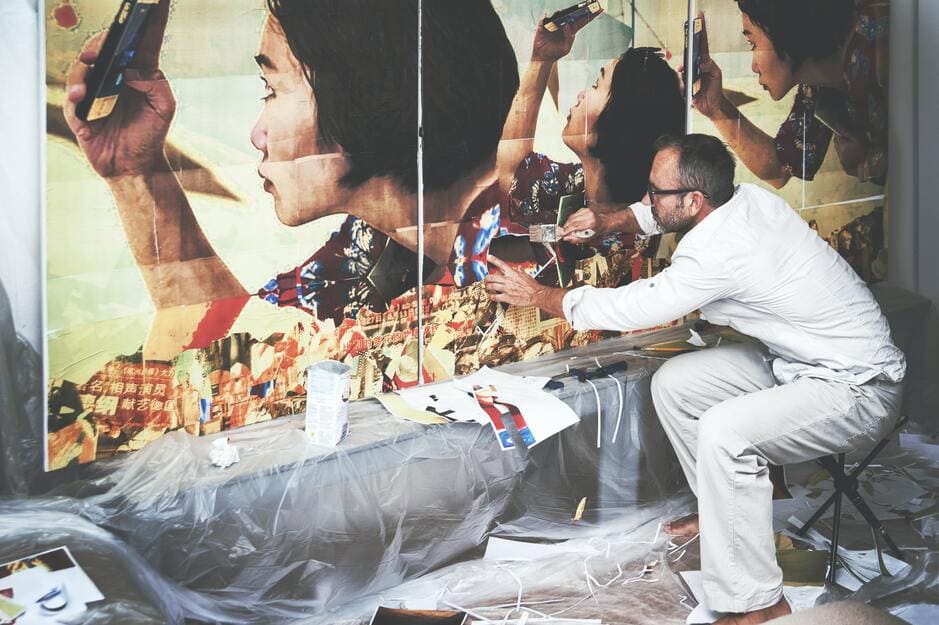
Collages have been a creative outlet for artists for centuries taking many forms.
Contents
Expanding your art terms vocabulary
-Aesthetic: this is a word with a broad meaning in the art world. It essentially refers to a certain philosophy about beauty and taste, and the existence (and creation) of art for the sake of art. The word also refers to the aesthetic artistic movement of the 19th century that broke through Victorian artistic traditions, setting the basis for 20th art movements. Now, aesthetic is a word usually dropped in conversations to refer to the exaltation of a particular style or ambiance.
-Collage: is a genre based on the combination of pre-existing images, prints, cut-outs, ephemera, and memorabilia, that are layout by the artist to express a certain message in a unique way. The word collage derives from the French word “collér,” meaning “to glue”, which is an essential part of its creation process. Collage might have had its heyday with Pop Art but contemporary artists keep working with this technique in new ways with digital images and montages.
-Exhibition Brochure: in its general meaning, a brochure is a short document, like a pamphlet or a booklet, that contains essential information for the public about a product or service. In the art world, an exhibition brochure is an essential part of the curatorial process (even if you are creating a 3D Virtual exhibition). It should provide the reader with information about the artists, their personal statement, a few views of the collection or important pieces, and any other details that can enhance the visitor’s experience.
-Color wheel: this is one of the basics to understanding color theory applied to art and design. The color wheel is an artist’s tool that helps identify colors and the relationship between them. On a traditional color wheel, we find primary colors (red, blue, and yellow), secondary colors (orange, green, and violet), and tertiary colors (the mix of a primary with a secondary color). From that basic color wheel, others are built by working with shades, tints, and tones based on these basic 12 colors.
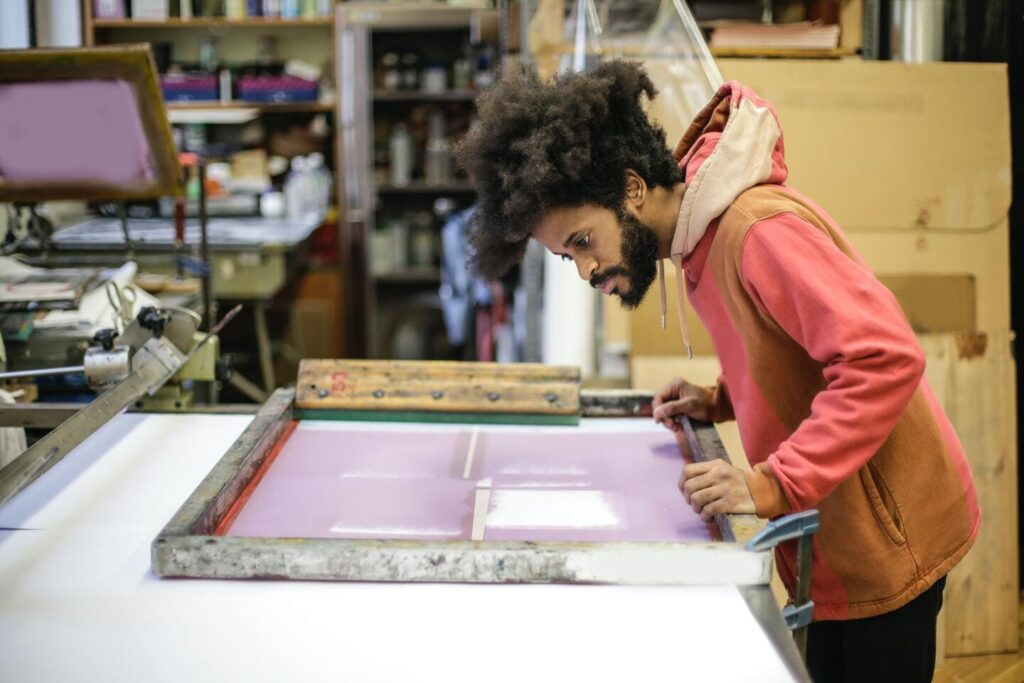
Art prints are graphic pieces of art conceived to be transferred to different mediums with techniques like silkscreen.
-Silkscreen: this is a popular printmaking technique also known as a serigraph. It was popularized by the likes of Andy Warhol and Roy Lichtenstein. The silkscreen process goes this way: there is a base stencil (made out of thin but strong material like mesh) that is pressed against the base surface and rubbed with paint to create the final image.
-Art prompt: If a prompt is an idea or activity that encourages an action, we could say an art prompt is a cue or guideline that helps artists spark their creativity and work with a certain topic or subject. Art prompts are usually used as a daily exercise to break artistic blocks and experiment with new mediums.
-Color palette: when talking about artistic creations, a color palette or color scheme, refers to the specific selection of colors an artist uses in an art piece (and sometimes a period of their body of work). Some of the most common color palettes are analogous (colors that are next or close to each other in the color wheel), monochromatic (the same color in different values), and complementary (colors that oppose each other in the color wheel).
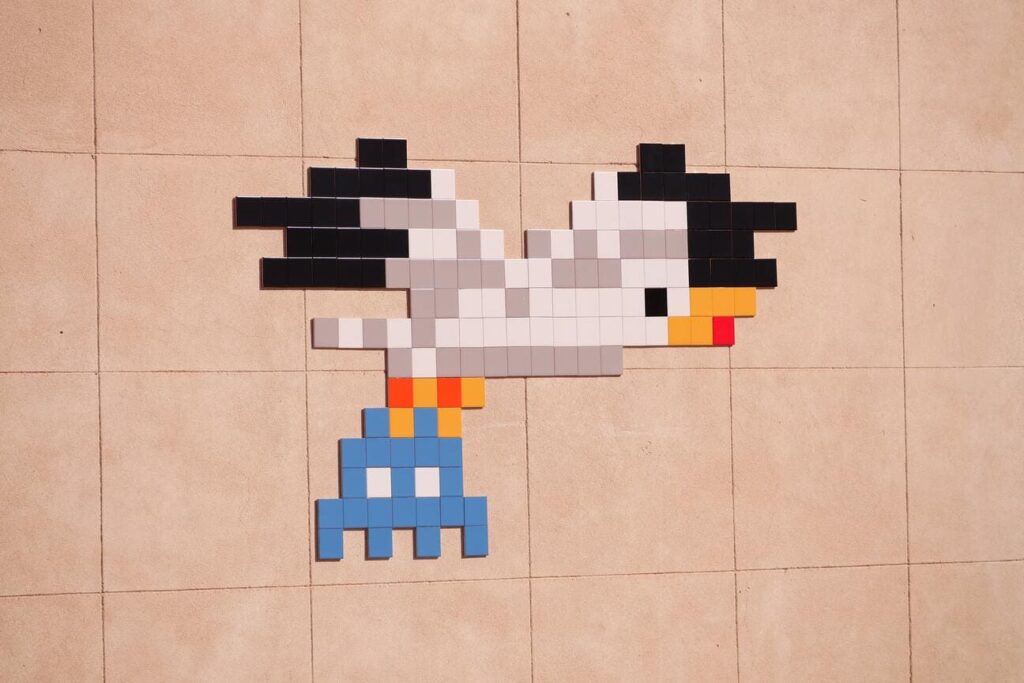
Pixel Art is one of the most distinctive forms of digital art and it has made it’s way out of the online realm and into the physical world.
-Pixel Art: This is a type of digital art. Pixel art was born along with the technology that made it possible to create digital images. A pixel is the smallest unit of illumination that can be displayed on a digital screen. Everything you see on a screen, including the text you are reading, is composed of pixels. Some creators see a pixel as a single stroke to create and work with to create an easily recognizable mosaic-like style of digital illustrations.
-Contrast: this is one of the principles of art that help us understand a piece. By definition, contrast refers to the juxtaposition of elements and is one of the elements that gives life to the full composition of the piece. The word contrast is generally used to talk about the distinction between light and dark (brightness and shadows) and how we perceive them.
-Biennial / Triennial: these two words refer to the frequency of a certain event. A triennial exhibition, for example, happens every three years. While a biennial is celebrated every two years. In the art world, a biennial or triennial are one of the biggest events for artists. These are large-scale exhibitions that bring art lovers, collectors, and artists together. The time cycle usually refers to the time it takes to organize these high-scale shows.
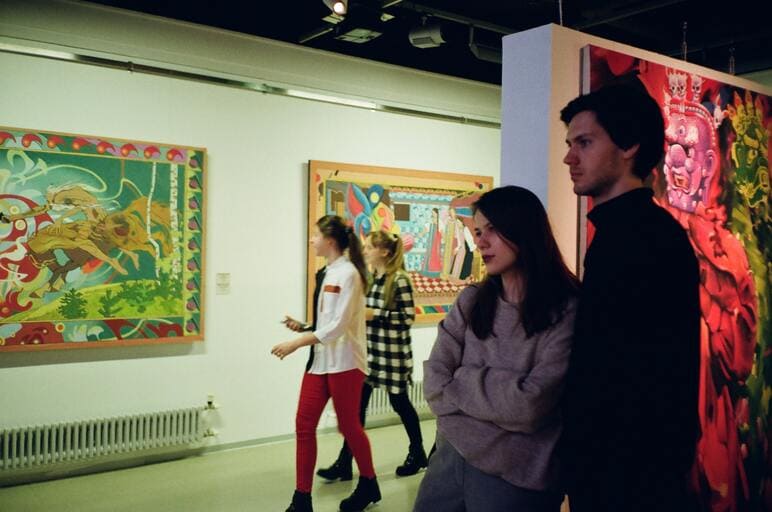
A part of interacting and observing art is being able to convey in words or thoughts and ideas about who we experience each piece.
The importance of learning art terms
For an artist, a glossary of terms related to their crafts is another essential part of their toolbox, it helps them broaden the conversation around a certain piece or the subject they are interested in. If you want to know why learning new art terms is essential for novel and seasoned artists, as well as art lovers and collectors, check this list:
-By broadening your art terms vocabulary you can enrich your artist’s statement and express precisely what you do and how you do it.
-If you are an art lover, having a full understanding of common art vocabulary will help you understand an artist’s work, art movements, and the history of art in general.
-Are you a gallerist or an artist looking to expand your online reach? Using the right words to describe an art piece can be the key to making it reach the top of search engines. Yes, expanding your vocabulary is key to market yourself.
-The same goes with artists’ social media profiles: a short but proper bio and description of what you do in the art world can make your profile easier to find from people inside and outside your art niche.
Now that you have enriched your glossary of art terms, you can look at words as a new medium for artistic expression!
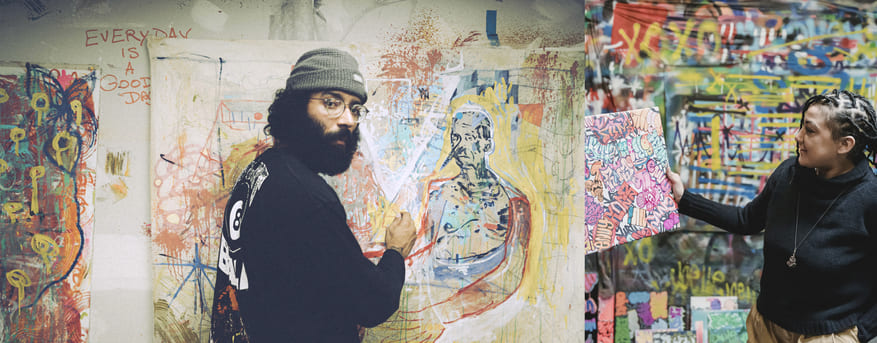
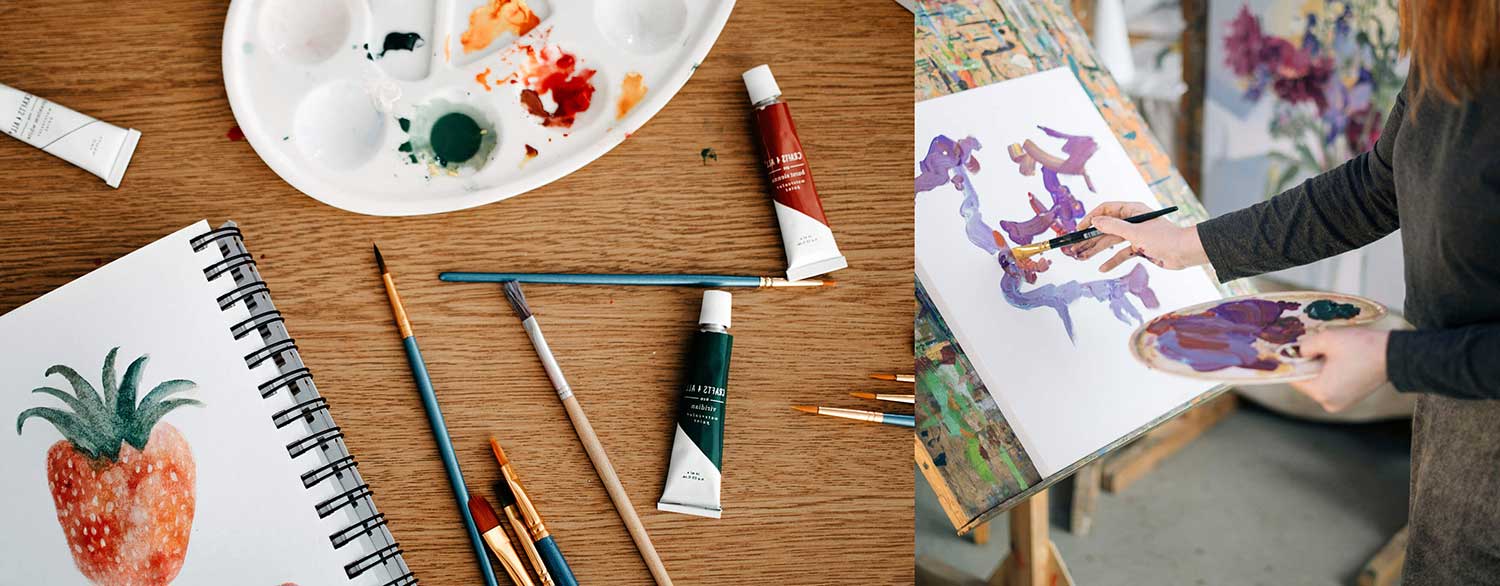


This is fantastic! Thank you!
This article was helpful! It is important to know how to talk about your art 👍